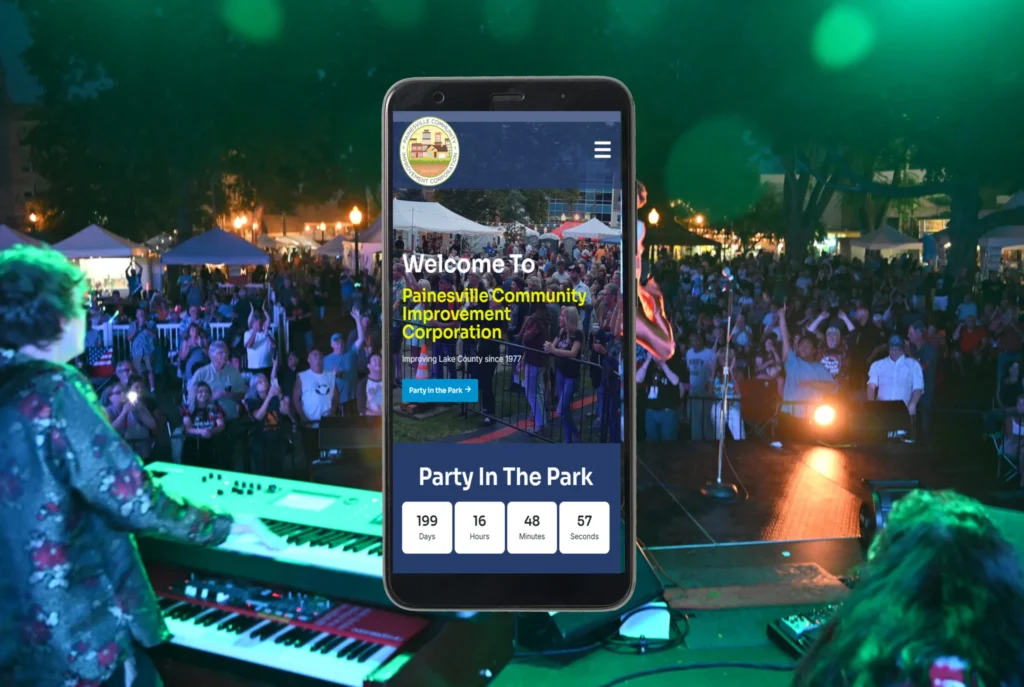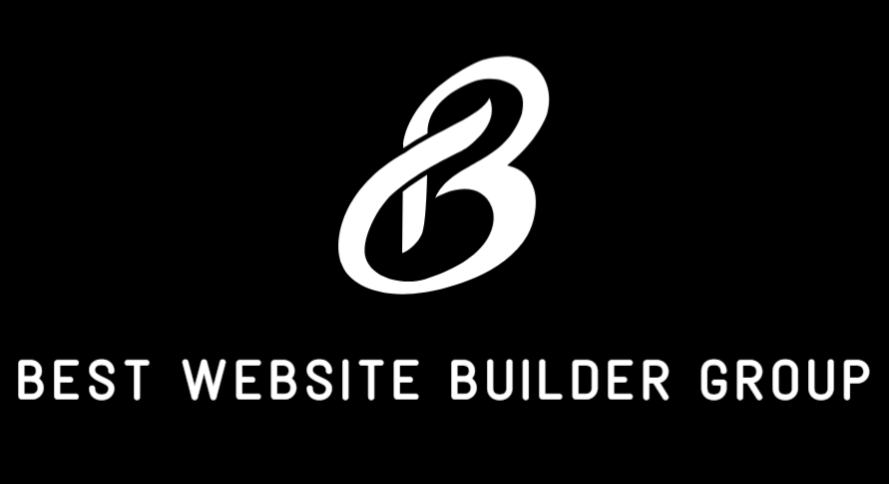The word automation is everywhere. From manufacturing to marketing, and from AI tools to smart homes, automation has become the backbone of modern efficiency. But when we ask, what is automation, the answer stretches far beyond robotic arms and self-checkout kiosks. Automation today is about reducing manual labor, minimizing errors, and creating systems that can run — and scale — without constant human oversight.
At Best Website Builder Group, automation is deeply embedded in how we build high-performance websites and funnel systems. Whether you’re a small business owner or managing multiple brands, the right automation strategies can transform your productivity and results.

Defining Automation in the Modern World
At its core, automation is the use of technology to perform tasks with minimal human intervention. These tasks may be repetitive, time-consuming, or complex — but once automated, they can run on their own or with limited monitoring.
There are two primary types of automation in today’s digital ecosystem:
- Physical Automation: Found in factories, warehouses, or cars. Think of assembly line robots or self-driving vehicles.
- Digital Automation: Common in marketing, websites, customer support, and data processing. Think of email drip campaigns, CRM updates, or AI chatbots.
Both serve the same purpose: to save time, reduce errors, and increase efficiency.

Why Automation Matters More Than Ever
In the past, automating a business process was something only large enterprises could afford. Today, tools like Zapier, GoHighLevel, Make (Integromat), and AI assistants make automation accessible to solopreneurs, coaches, agencies, and product-based businesses.
But why automate at all?
- Efficiency: A task that takes 4 hours a week manually might take 5 minutes to automate once — saving hundreds of hours annually.
- Scalability: Human output is limited. Automation doesn’t get tired or distracted and can run 24/7.
- Consistency: Automated systems reduce human error and ensure processes are followed the same way every time.
- Customer Experience: Response times improve, follow-ups never get missed, and personalization becomes scalable.
These benefits are why modern digital businesses rely so heavily on automation tools. From appointment confirmations to onboarding workflows, every repeatable process is an opportunity to automate.

Real-World Examples of Automation
To understand what is automation, it’s helpful to see how it’s applied in everyday systems:
- Marketing Automation: Automatically send welcome emails, follow-up sequences, abandoned cart reminders, and promotional campaigns.
- Sales Automation: Auto-assign leads, update CRMs, send proposals, and book meetings via calendar integrations.
- E-commerce Automation: Track inventory, notify suppliers, fulfill orders, and generate receipts without manual input.
- Website Automation: Show popups based on user behavior, collect leads into segmented email lists, or personalize site content dynamically.
- Customer Service Automation: AI chatbots, autoresponders, and ticket routing systems reduce the workload on support teams.
If your business depends on repeat tasks, there’s likely an automation tool designed to help — and integrating those tools directly into your website or CRM is where true leverage is found.

How Automation Works Behind the Scenes
Most digital automation systems rely on the same foundational structure:
- Trigger: An event that starts the automation. Example: A form submission, a new order, or a calendar booking.
- Conditions/Filters: Logic to determine what should happen next based on criteria (e.g., if user selected “Product A” vs “Product B”).
- Actions: The resulting automated task — sending an email, updating a record, assigning a team member, etc.
Tools like Zapier, GoHighLevel, Make, or HubSpot allow you to link multiple apps and automate multi-step processes — sometimes across entirely different platforms.
AI is now expanding this even further, with smart automation systems that not only complete tasks but make decisions based on machine learning models.

The Role of Automation in Web Development
At Best Website Builder Group, we use automation extensively to streamline both internal and client-facing operations:
- Lead Capture Flows: When a user submits a form, they receive an email, are added to a list, assigned to a sales rep, and tagged for a specific service — all without manual input.
- Client Onboarding: Once a proposal is accepted, the client receives login access, a welcome sequence, and intake forms — again, all automated.
- Performance Tracking: Analytics dashboards update automatically and trigger alerts for underperforming pages.
We also help our clients build similar systems into their own websites and funnels, enabling them to capture more leads and close deals faster.

The Relationship Between Automation and AI
While automation handles routine tasks, AI adds intelligence to that automation. For example:
- An automated chatbot might greet every visitor.
- An AI-powered agent can understand context, personalize responses, and even handle objections.
This blend is often called intelligent automation or AI automation — and it’s the future of system design.
If you’re using AI tools like ChatGPT, Midjourney, or ElevenLabs, and combining them with automated workflows, you’re building a system that not only runs itself but learns and improves as it runs.
Challenges and Pitfalls of Automation
Despite its power, automation is not a silver bullet. It must be implemented carefully to avoid common issues:
- Over-automation: Removing too many human touchpoints can hurt trust and make experiences feel robotic.
- Broken Logic: One wrong trigger can set off a chain reaction of incorrect actions.
- Lack of Testing: Automations need rigorous testing before going live.
- Poor Documentation: If only one person understands how your automations work, you’re creating a single point of failure.
That’s why we recommend using documentation, sandbox environments, and automated testing tools when building large or critical automation systems — especially in client-facing web projects.

Getting Started with Automation for Your Business
If you’re wondering where to begin, start with these:
- List every task you repeat weekly.
- Identify which tools you’re already using (e.g., Google Forms, Stripe, GoHighLevel).
- Choose an automation platform that supports those tools.
- Automate one task at a time, focusing on those that save the most time or reduce errors.
- Test thoroughly before scaling up.
You don’t need a full-time developer to start automating. Most modern platforms are user-friendly and offer drag-and-drop interfaces or prebuilt workflows.
And when you’re ready to scale or customize deeper automations, the team at Best Website Builder Group is here to help.

Conclusion
So, what is automation? It’s more than a tech buzzword. It’s the foundation of modern business systems — enabling entrepreneurs, marketers, and developers to do more, faster, and with fewer resources. Whether you’re trying to streamline operations, boost conversions, or grow your team’s productivity, automation gives you the leverage you need.
At Best Website Builder Group, we believe automation is not optional — it’s essential. Our websites, funnels, and CRM systems are built with automation in mind so you can focus on what matters most: growing your business, not managing it manually.
